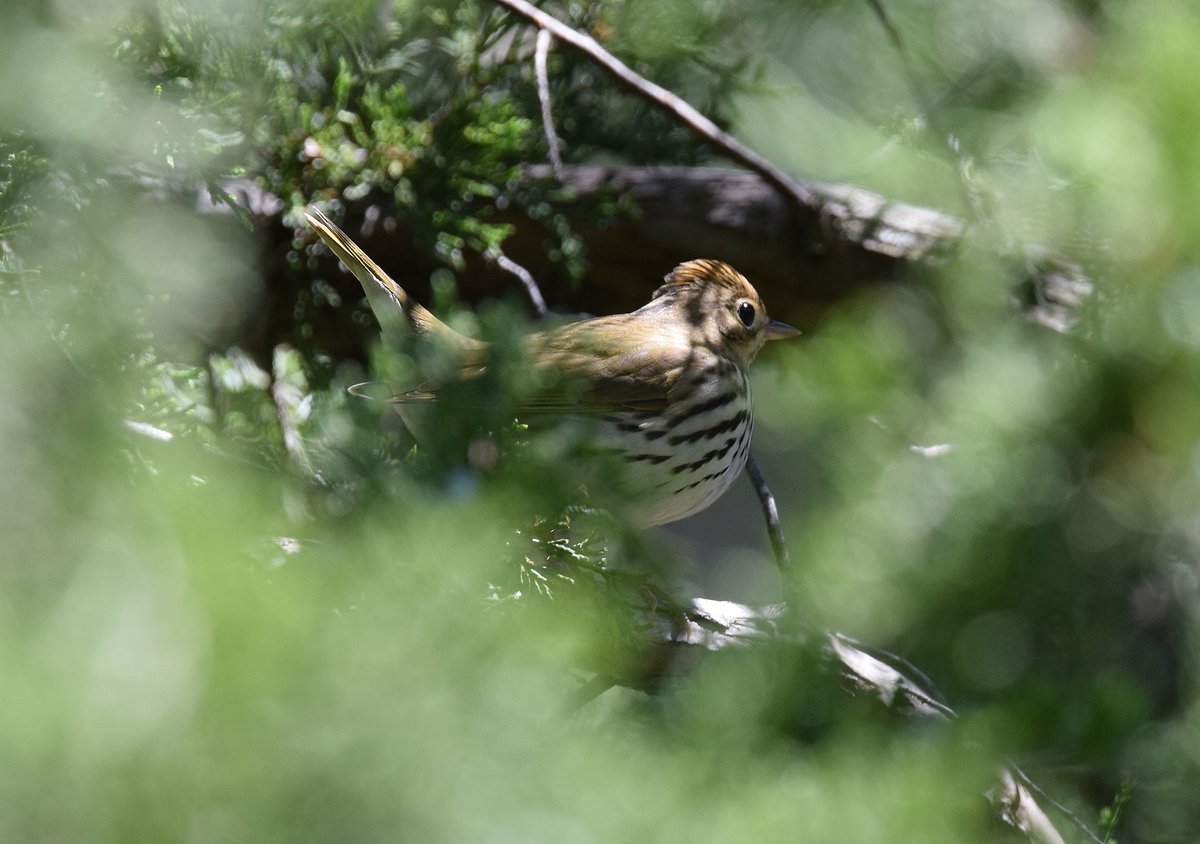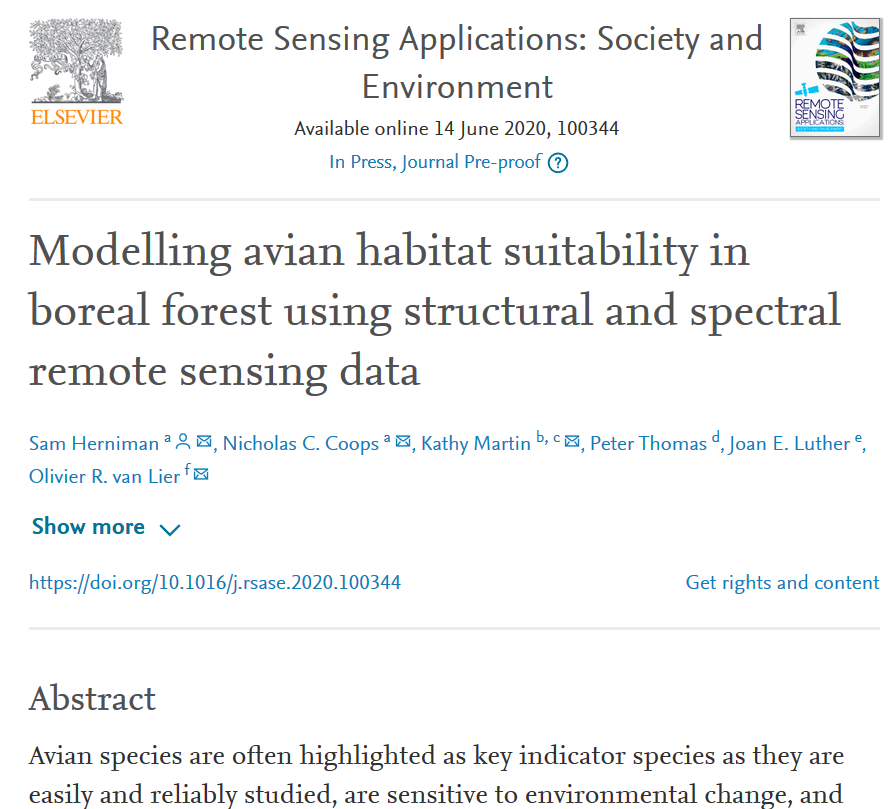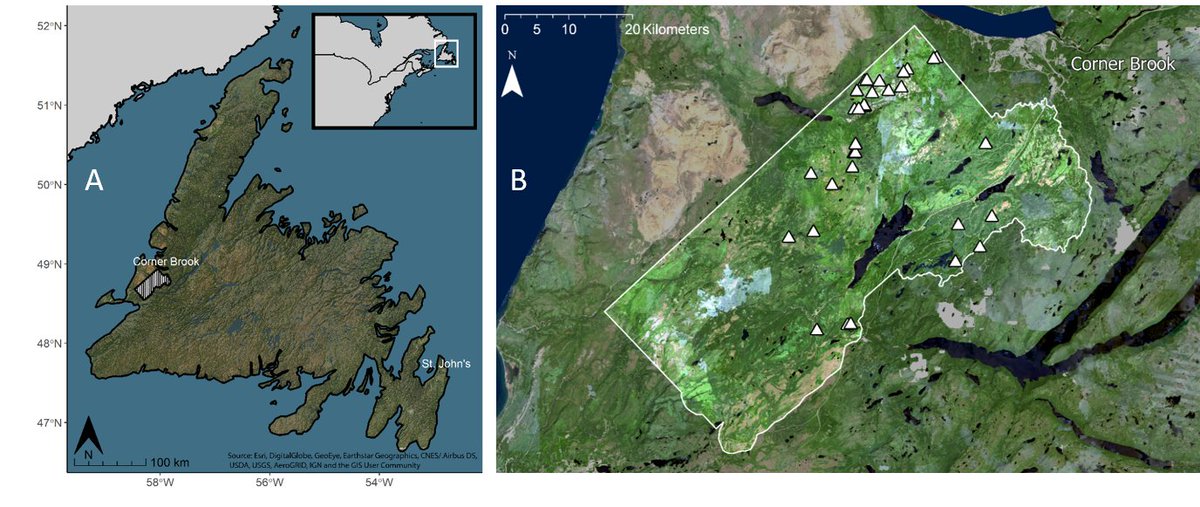Master’s student @samherniman recently published an article about avian habitat suitability in Remote Sensing Applications: Society and Environment. Sam has written this thread summarizing his findings...
📖: doi.org/10.1016/j.rsas…
🧵:1/18


2/18
more birdsong ≈ more birds ≈ more biodiversity
🦉🌲🐦🌳🦅
🐿️🪱🍂🍄🕷
3/18
4/18
#ResearchGoal #ResearchPaper
5/18
1⃣ Field plot (FP) - data available through field surveys (like basal area and the percent of the stand that is hardwood species)
6/18
3⃣ Spectral, landscape & topographic (S+TLC) - the spectral category with some extra data like the distance to the edge of the forest and mean annual precipitation
7/18
5⃣ Combined spatial layers (CSL) - all the variables that are spatially continuous (everything except the field plot group)
8/18
9/18

10/18
11/18
13/18
#LandManagment #biodiversity
15/18
16 /18
Or feel free to contact @samherniman if you don’t have access.
18/18





